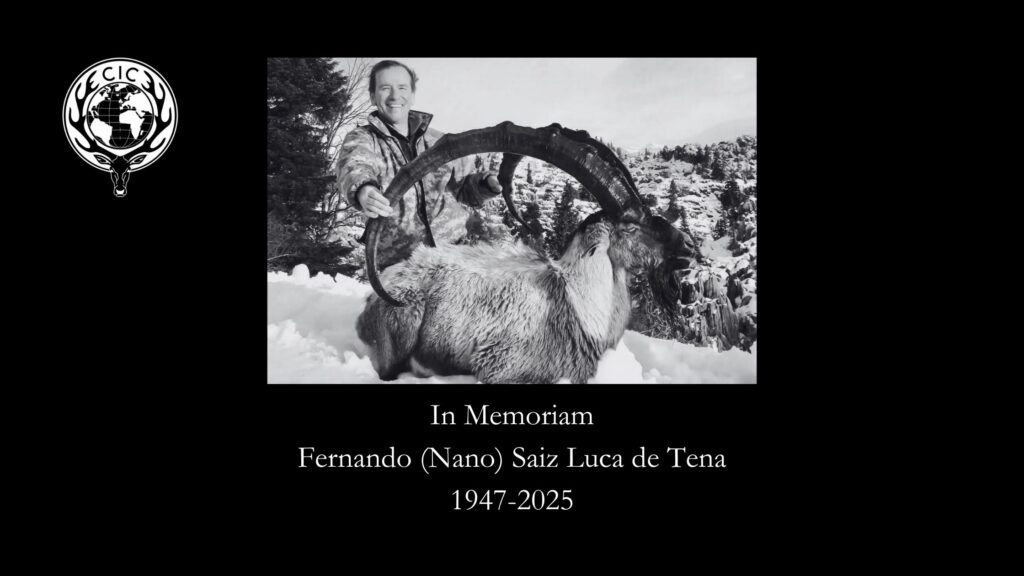Home » News & Press » 63rd Standing Committee Meeting of the Ramsar Convention
63rd Standing Committee Meeting of the Ramsar Convention
Facebook
X
LinkedIn



